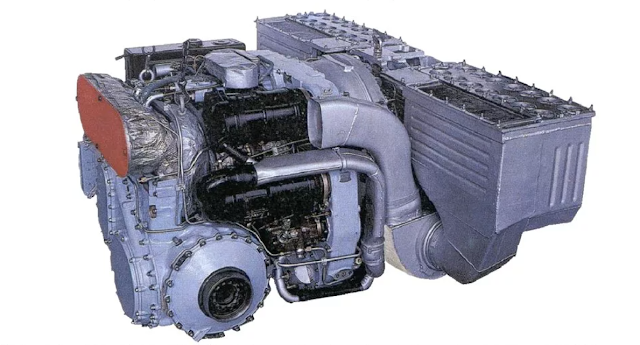GM-569 life support systems
The GM-569 series of tracked armoured vehicles is a universal platform created in 1978 by the Mytishschi Machine-Building Plant. In 1980, several modification variants of the GM-569 were made. The GM-577, GM-579 and GM-567. GM-577 and GM-567 are used as platforms to launch SAMs while the GM-579 is used as a mobile command post. In the 90s, a new generation of GM-569 chassis was laid out. In 1990 the GM-562, 1992 GM-5959, 1993 GM-5951 and GM-5952, in 1994 GM-5955 (chassis of the "TOR-M1") and in 1995 the GM-5975 (chassis of the "Tunguska-M1").
The hull structure comprises 3 segments; a crew compartment in the front, a central section (combat section) and an engine-transmission section, which are hermetically isolated. The GM-569 series strives far from its predecessor hull GM-575 used on the "Shilka", "Kub" and others. While the chassis is intended for larger combat modules as listed previously, the volume of the GM-569 is much larger, which removed internal volume restrictions.
One of the main key features of the GM-569 series is an advanced life support system for the crew compartment. The onboard life support loop consists of; a collective protection system (CPS), and air-conditioning with ventilation and heating. The collective protection system (CPS) is intended to create excess internal pressure and high air purification using a filter ventilation unit. The filter unit FIT-200 is used to purify air from toxic fumes, gasses, bacterial spread (biological threat) and radioactive aerosols. The system incorporates an automatic gamma-radiation detector GD-IM, to automatically seal all hermetic shutters in conditions when it is necessary.
 |
| 1 - compressor; 2 - cable; 3 - compressor intake valve; 4 - valve hull; 5 - bolts; 6 - dust discharge valve; 8 and 10 - dampeners; 33/40 - hoses; 34 - adaptor; 35 - additional air supply intake.... |
The filter ventilation unit uses a centrifugal force ventilator with inertial force to purify the air. Purified air is supplied at a rate of 0,110m^3/s with a purification coefficient of not less than 99% with intake air contamination of 2,5g/m^3. The unit can deliver 200m^3/h of air to the crew.
To stabilize the internal microclimate, an air-conditioning unit with ventilation is used to regulate temperature and retain stable humidity levels inside the crew compartment. The air-conditioner and air-supply unit are inside the crew compartment on the left. Outgoing hot air is dumped through a hatch in the hull.
 |
| Chart depicting all onboard systems and their functionality relative to their operating modes along with valve controls related to operating modes. |
 |
| A reference schematic for unit location |
While the GM-569 variants share many components, certain variants differ depending on the use of the chassis.
Chassis differences between 579A and 569A
- Different hull construction
- 6 seating positions
- Access hatch from the engine-transmission compartment into the crew compartment
- The air extraction valve is located on the left side
- Presense of 2 air-conditioning units
- and several other changes.....
- 3 seating positions
- Wench mounting position on the rear of the hull
- additional communication devices (5Ya373 and 9S728 instead of 9S623 and 9S727)
- Placement of stowage bins for personal items
- An additional block of generators
- and several other changes...
- Different hull construction
- Installation of internal battery unit 6ST-190TRN with integrated heating
- Improved electrical box
- Different arrangements of CPS
- Presense of 2 air-conditioning units
- Old gamma detector was replaced with GO-27
References:
- Гусеничная машина ГМ-569А и её модификации ГМ-577А, ГМ-579А, ГМ-567. Техническое описание и инструкция по эксплуатации. Москва военное издательство 1987.










Comments
Post a Comment